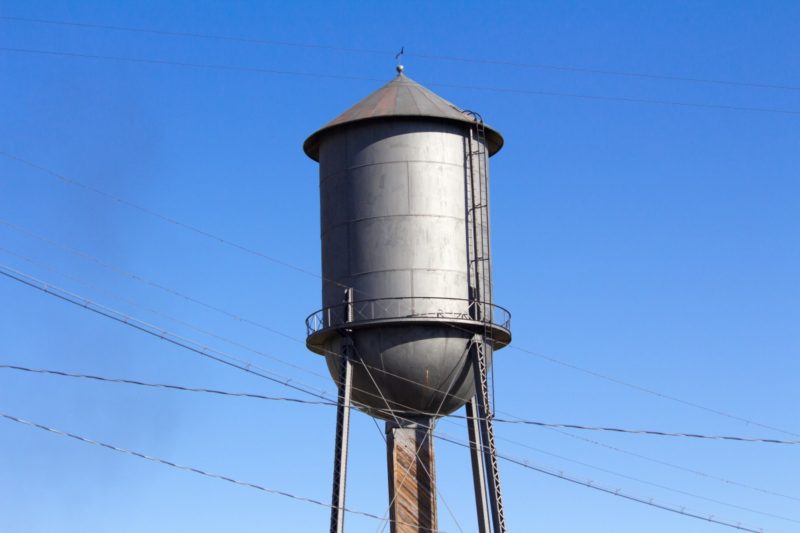Why won’t my heater turn on? It is due to failure in the thermostat, a poor inducer draft in a motor, a crack in the heat exchanger, and a not up-to-code ductwork installation or design.
Since you want to turn up the thermostat to make the house feel cozy and warm, the sudden switch in the heater with nothing that happens is somehow distressing.
This article can guide you in troubleshooting tips on a heater. Provided you follow these tips, the heater not turning on will never be a problem anymore. Especially if you call for professional help, it’s easily fixed as needed. If the temperature begins to drop, stay inside in the warmth.
Reasons A Heater Won’t Turn On
Below are reasons why won’t my heater turn on even if you have switched it on.
#1. Motor with poor inducer draft
The draft inducer or the little engine empties the heat exchanges of its gas considering previous cycles. It also motions the gasses created in the combustion process. But then, there’s a need to replace it if something has gone wrong with it. In the return of the draft inducer, flue gas samples are collected to check the burner’s efficiency. That includes the condition in a heat exchanger.
#2. Failure in the thermostat
If the thermostat does not react although you turn it on, it’s due to entirely different issues. The system does not engage properly as the power turns off. Close the furnace door correctly if you use one. An entry is not tight in the furnace; the switch in the door blocks the heater from turning on. Replace the batteries inside a thermostat, if you think the batteries supply power. Here are the common water heater thermostat problems.
#3. A crack in a heat exchanger
A fracture in the heat exchanger is not due to a furnace failure. It will still reduce the efficiency if it’s turned severe enough. A cracked heat exchanger indicates one more issue to fail the furnace, as this includes a limited airflow attributed to an unclean component. Indeed, it’s a difficult situation to enter. If there is a fracture in the heat exchanger, replace it immediately.
The thing about a heat exchanger is the carbon monoxide content. The CO pours out as it fractures; thus, everyone feels unwell and in extreme conditions. It might as well kill you, so replace the heat exchanger damaged in this case. If the furnace goes beyond the prime condition, replace it with hiring heating services from experts.
#4. Not up-to-code ductwork installation or design
The problem may not be the heater but the heating unit ductwork that causes it. The installation and design of suitable ducting is a considerable task. Most HVAC contractors and builders from heating service providers take a shortcut when measuring and installing ducts. They also rely on the rule of thumb. If you’re lucky enough, you will have ductwork of the correct size and install it correctly. However, the system is not as efficient as expected, but it will work. The right approach is to call for repair assistance in the failure of HVAC system components. Only they could restructure the ductwork. Or else, you’ll face a similar problem again.
#5. Dead-heat pump
Almost all components can turn out bad for different reasons. A failure in the starting components can prevent your heater from working correctly. Plus, the system will not heat the home and require replacement. Regular inspection and proper maintenance guide you in further identifying the issues considering these components even before they fail. Avoid expensive repairs such as these shortly.
#6. Low levels in refrigerant
The refrigerant level of the heater might get low. If this occurs, the heat strips come more often than expected. Heat strips could result in substantial utility bills. And this is never a good experience. If heat strips come alongside an increase in frequency, increase the charge of the refrigerant. For lower levels, the compressor may overheat until it fails. It’s less expensive to fix the leaks and recharge instead of replacing the compressor. It’s also cost-effective to replace the system with another one instead of using an R-410A refrigerant. In this regard, monitor the strip heat or auxiliary status during the winter season.
#7. Excess in gas
Specs are there in the amount of gas equipment it must burn. The equipment needs calibration in the process of installation. This way, it will work properly or stop functioning at an inconvenient time. If it’s less than twenty degrees and it’s icy outside, it means the wind will be howling. A furnace not properly calibrated burns excess gas. If this has happened for some time already, it’s when you’ll overpay for the gas in the winter month, and the furnace will overheat. It will cause the cycle on a bit of a switch. Combustion analysis requires when number 2 occurs during the yearly furnace inspections.
It’s A Wrap!
Now you learned all the reasons as an answer to “why won’t my heater turn on”? The moment you experience a situation, you already know what to do next. But more than that, if things get worse, seek help from professionals!
Click on these links to read related articles; know how to turn on water heater and how to turn off water heater.

